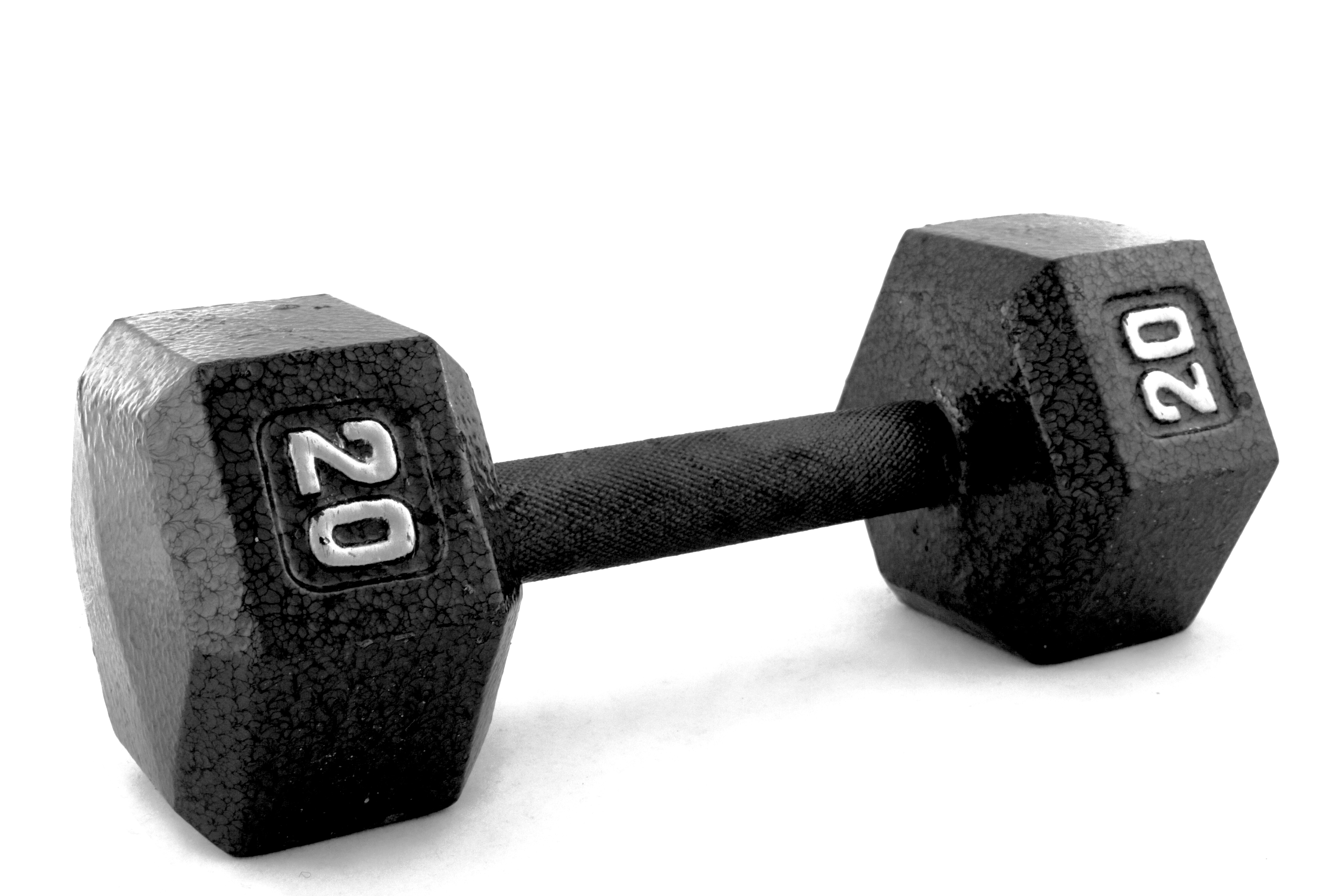Blogging is an abbreviation of “web-logging”. The simplest definition of a blog is that it is an online log that is organized in reverse chronological order. It comprises of comments, declarations, links, or anything else of interest to the blog writer.
There are two basic requirements of starting your own blog. You need a software to run a blog and a place on the Internet to host your blog.
Taking into consideration the above mentioned two factors, there can be four categories of blogs:
- Free Software + Free Webhosting
- Free Software + Paid Webhosting
- Paid Software including Price of Webhosting
- Paid Software + Paid Webhosting
We have given descriptions of all these four options along with their pros and cons. In addition we also have given recommendations regarding the suitability of these options.
1. Free Software + Free Webhosting
- This is a completely free way of blogging. Here you pay neither for the software nor for the virtual hosting.
- But there are some drawbacks of this system. It offers very few features as compared to the paid services. You cannot post pictures online or design your preferred look for your site.
- The companies that provide free software and free domain hosting frequently place a banner immediately above your site. This detracts the visitors from the look of your site. You also have no discretion over the content of the advertisements.
- The key advantage of this system is that it is absolutely free. This option is extremely useful for a newcomer since he/she can try this method to find if they are really interested in blogging.
- This option is recommended for those people who would not like to pay anything or for the newcomers.
2. Free Software + Paid Webhosting
- This option provides you free software but you will have to pay for the domain hosting.
- There is a cost factor involved in this option. Minimum cost of domain hosting would be $5 per month but a realistic budget would be slightly higher, around $7-8. The annual registration fee for domain name would be about $10-30.
- This system will let you do certain things that you were unable to do with the free one. Here, you can modify the look of your site and you can also post pictures. But free softwares have fewer features than paid ones.
- This option is highly recommended because by just paying the cost of virtual hosting and domain registration, you can avail great features and flexibility.
3. Paid Software including Price of Webhosting
- This is a subscription-based option. There are ongoing costs involved in this option.
- You have to pay at least $6 per month for basic services and for advanced features the fee would be around $15 per month.
- The cumulative cost for a year would reach up to $200. That makes this option a very expensive one.
- Apart from customizing the look of your site and posting photographs online, you will be able to use a software that provides more features than a free one.
- This option is recommended for people who do not want to be troubled with virtual hosting and software installation issues. This is the easiest possible solution. It offers great features but at a reasonably high price.
4. Paid Software + Paid Webhosting
- This option provides you paid software and paid domain hosting.
- The cost of the domain hosting ranges from $5 to $10 per month while the cost of the software would be at least $45 (one-time cost).
- This option gives you great amount of flexibility. You can select your own domain name and have a feature-rich blogging software.
- This option is highly recommended for businesses since the cost is not a major consideration.

